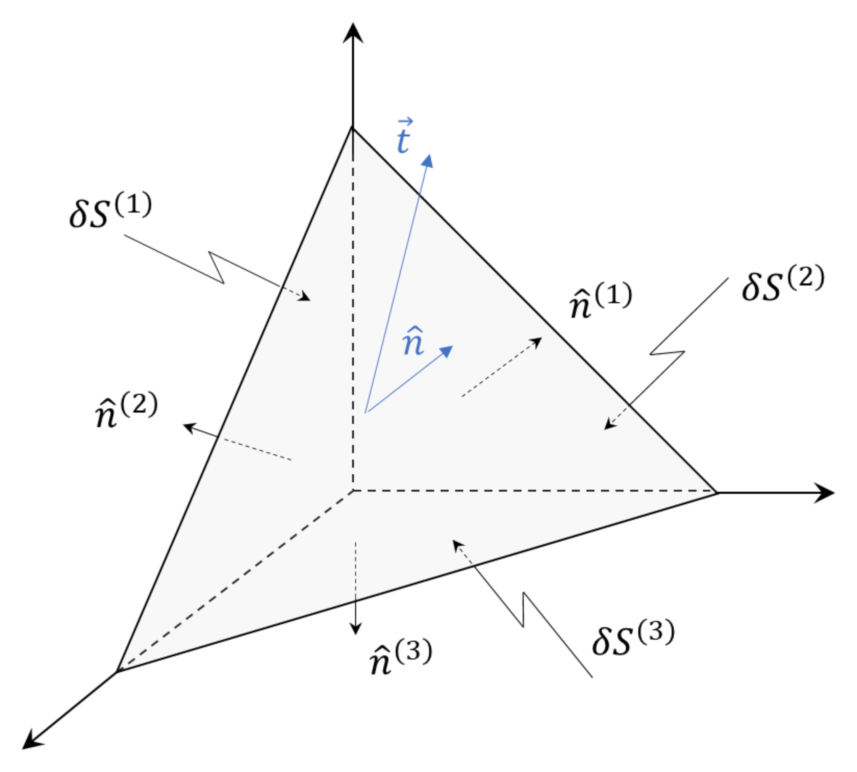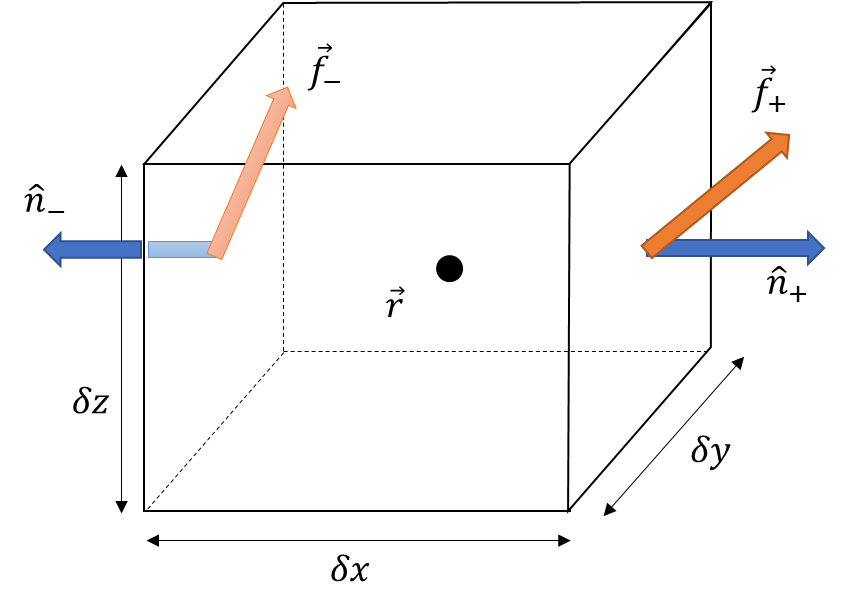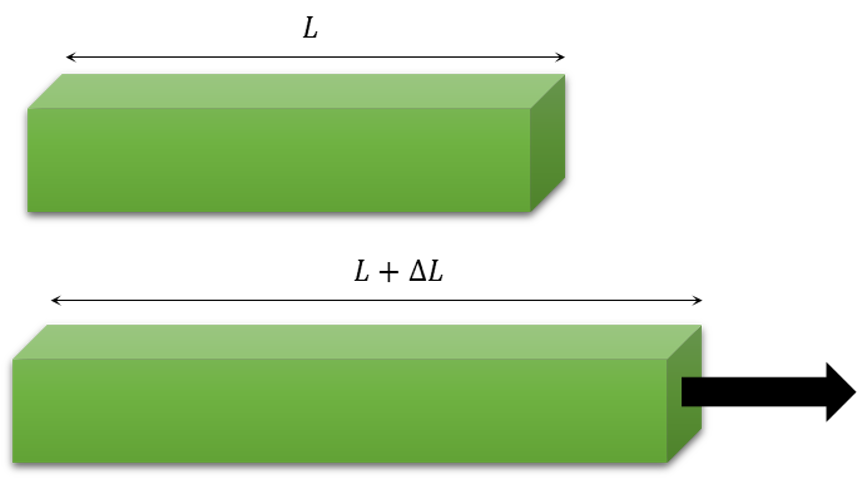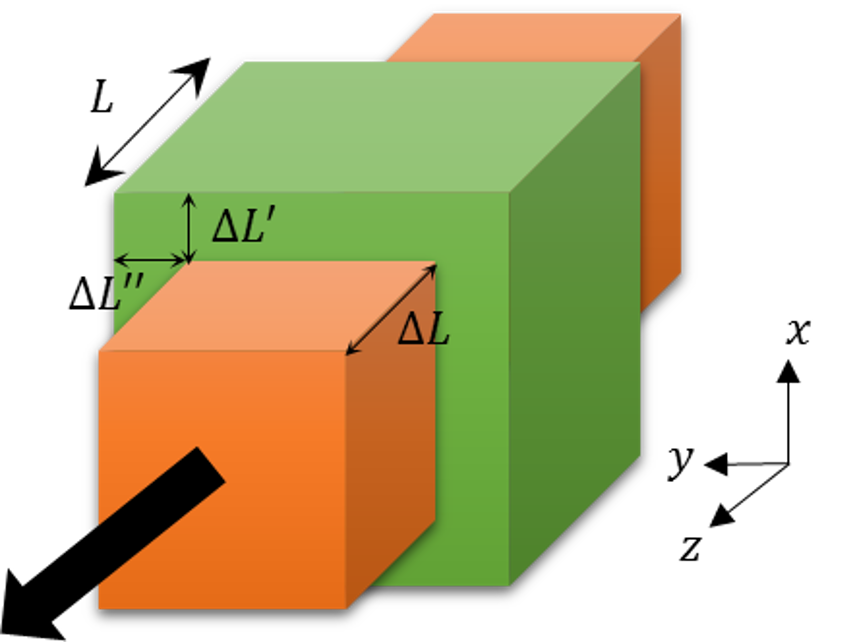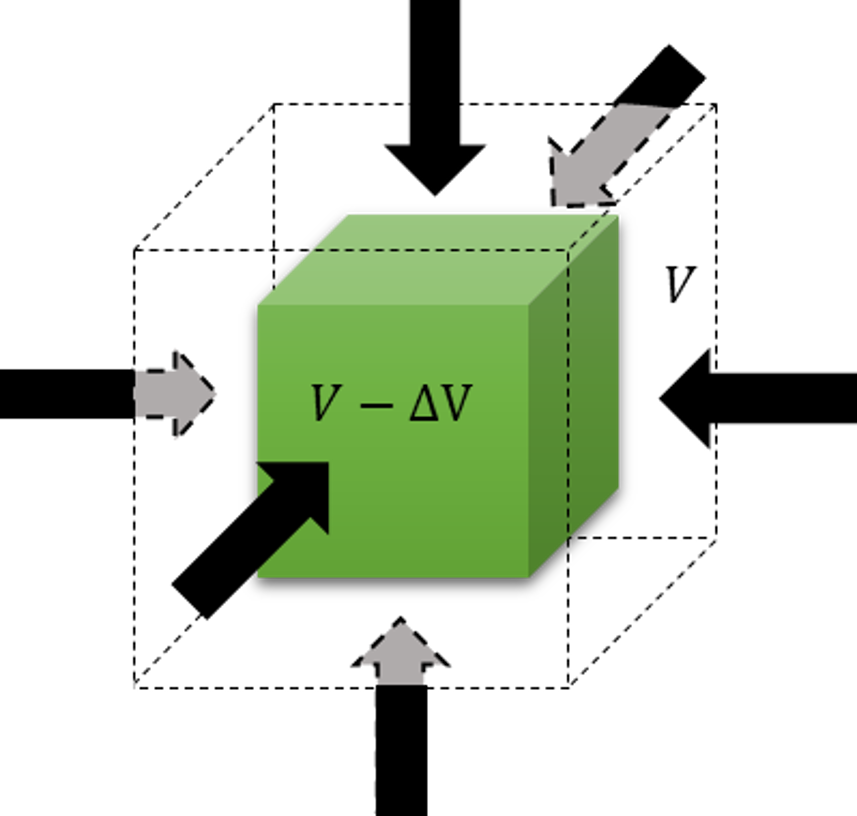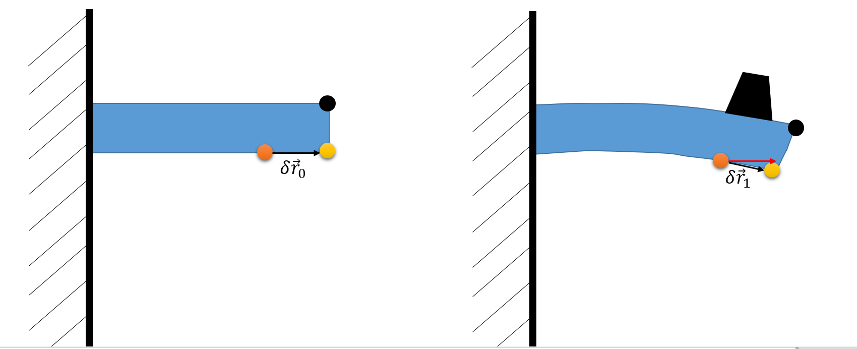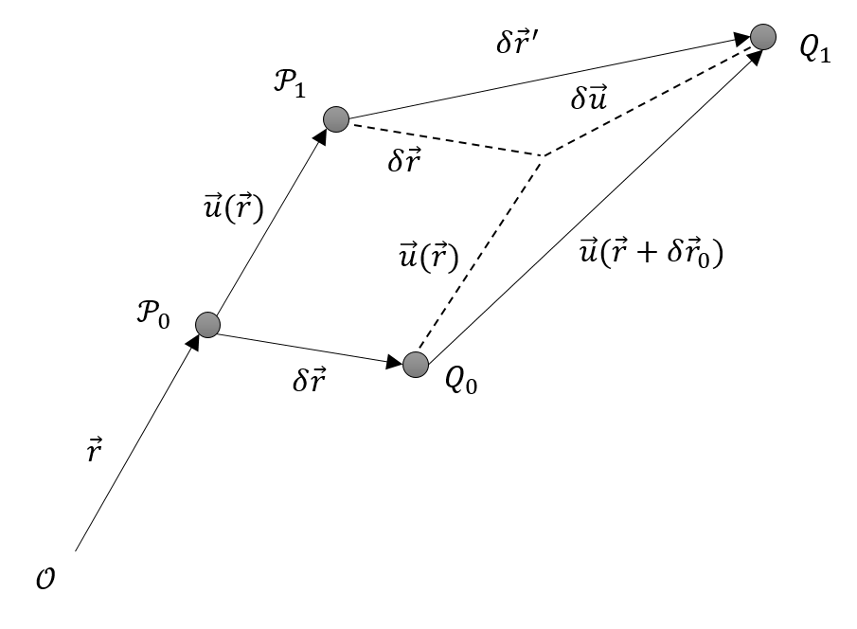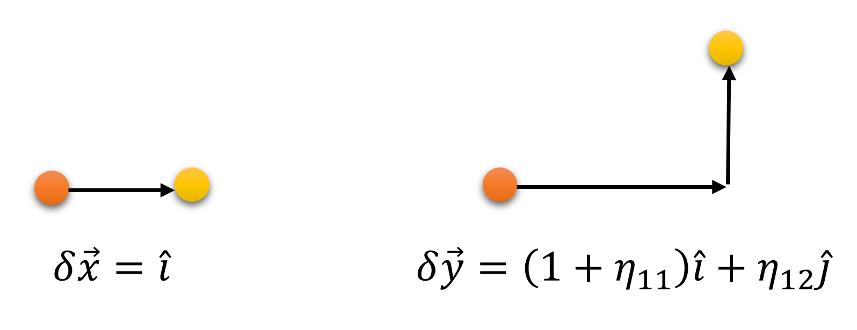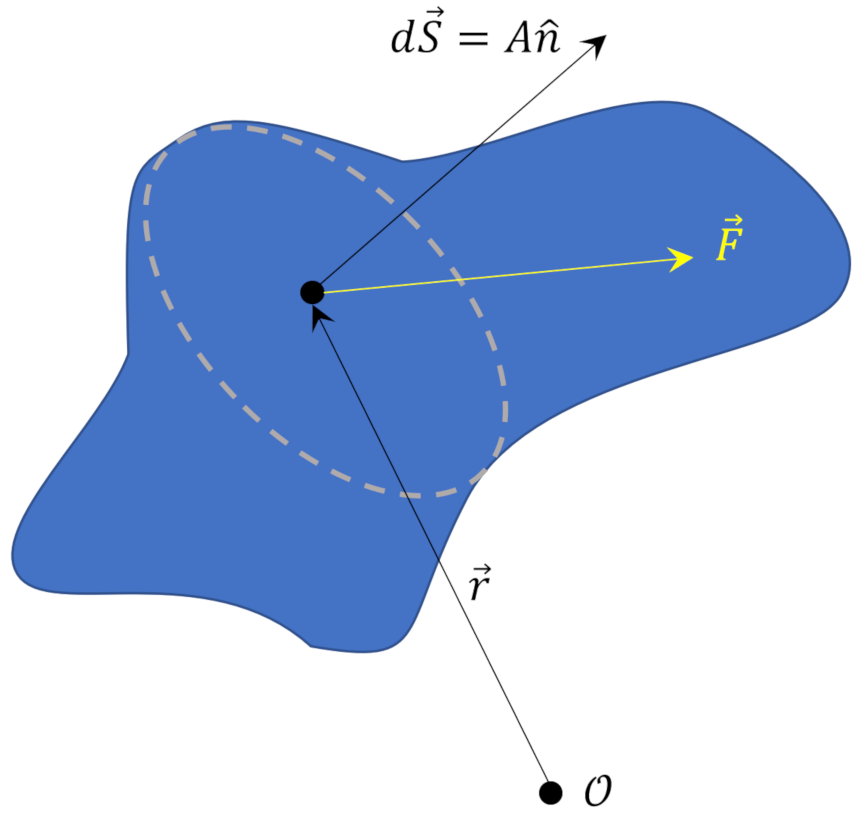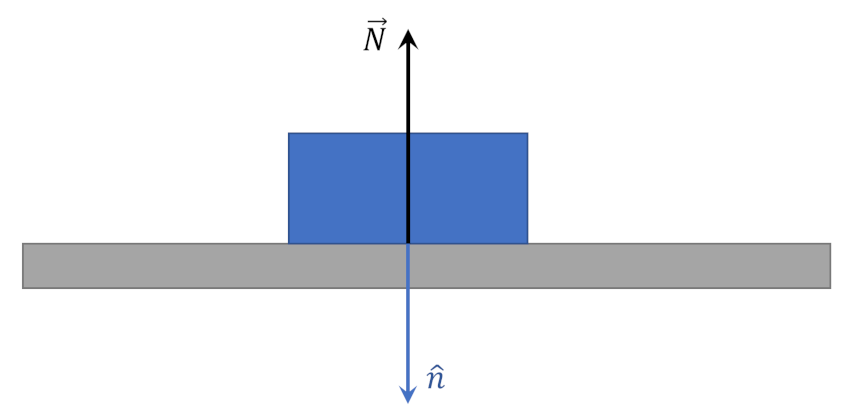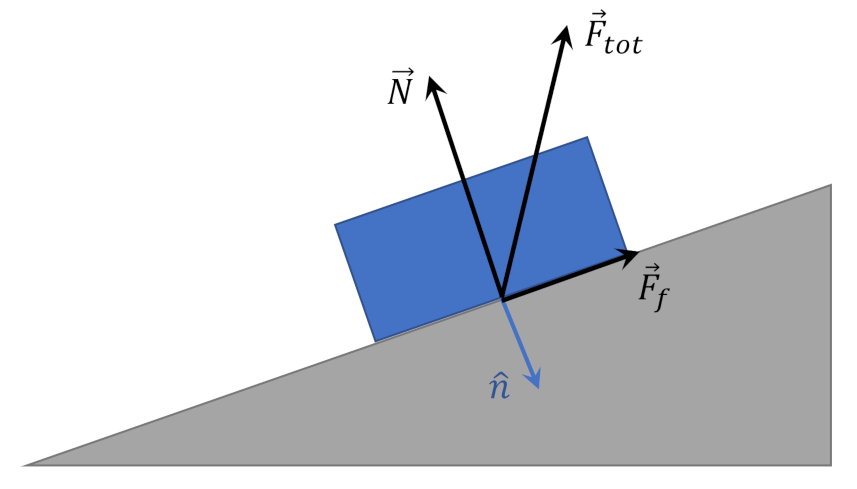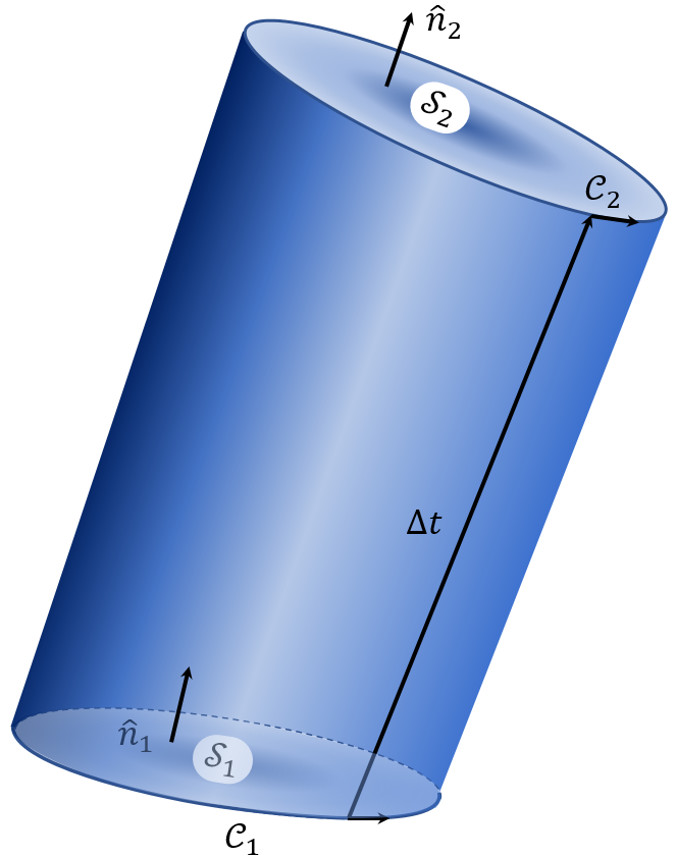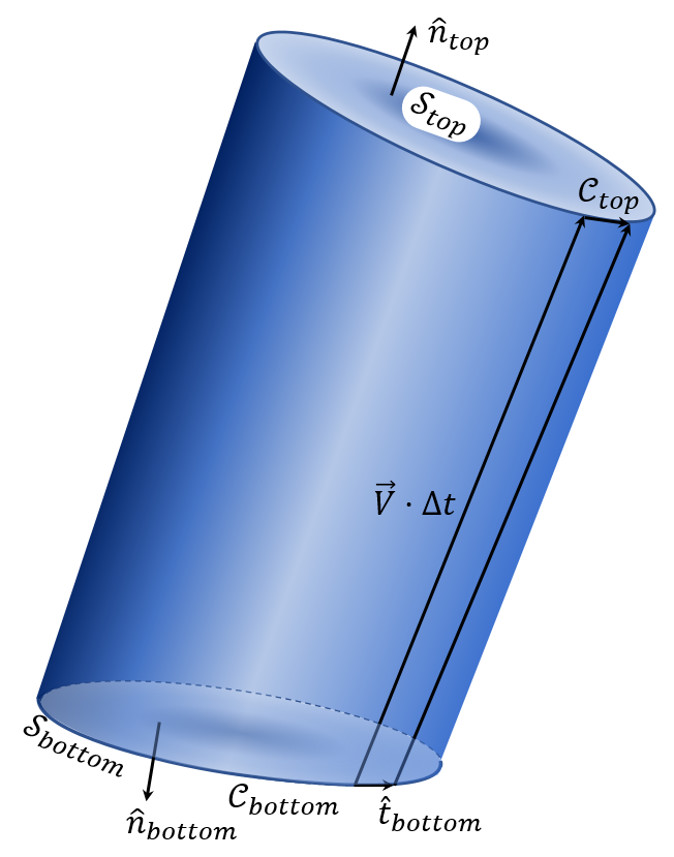Classifying Fluids
This month’s column is a departure from the norm but with good reason. The usual fare consists of the development and subsequent mathematical exploration of some model of a physical phenomenon. However, this installment serves more as a survey covering a broad swath of possible fluid phenomena rather than a detail exposition of each type of fluid behavior. The reason for this quite simple: the possible types of fluid behavior is far more enormous than most of us ever realize. It’s so vast that it seems that the terminology and classification has not kept pace with the discoveries as evidence by the tangled naming convention and the wide-spread confusion that exists on the internet (and often within related Wikipedia articles).
As school children, each of us is taught that there are three phases of matter: solid, liquid, and gas. We are further taught that while solids have definite volume and shape, liquids only have definite volume, and gases do not enjoy certainty in either property.
If one pursues a STEM career in college, then a bit more information is added to these explanations and one learns that fluids are the collective name that we give for substances that ‘flow’ under stress. Sometimes one even finds out that the key distinction between solids and fluids is that solids deform from their natural shape to a new shape under the application of a stress (typically leaving the volume unchanged or nearly so) but then return to their natural shape when the load is removed. The amount of the deformation is determined by the magnitude of the load and, for ideal elastic solids, the relationship is linear, meaning that a double of the stress results in a doubling of the elastic strain. In contrast, fluids do not have a natural shape (i.e. independent of their container) and so when a stress is applied, the material begins to flow with no terminal shape set by the magnitude of the load. Removing the application of the load doesn’t mean that the fluid will return to its initial shape but rather that the flow will continue until internal frictional forces bring the flow to a halt. These frictional forces are termed viscous forces and the degree to which they act in a fluid determines the fluid’s viscosity.
Now none of the above is untrue, in so far as it goes, but it tends to leave the idea that there is a sharp distinction between phases of materials. And it is that is exactly what common sense and daily experience tell us is not true.
The world is literally littered with common materials that sometimes behave like a solid and sometimes like a fluid. Consider the oobleck craze that swept across the internet some years back, which is nicely presented in the following video.
;
The two main ingredients are powdered cornstarch and water. By themselves, each of these materials flow under stress and neither has a definite shape even if they both have definite volume. But combine them together and suddenly one has a material that sometime behaves as a liquid, when the applied stress is low, and other times like a solid, when the applied stress is high.
This behavior falls under the general heading of shear-thickening, the property whereby a fluid’s viscosity increases sharply as the applied stress increases. An old school example of shear-thickening is Silly Putty, which is actually a viscoelastic material that behaves like an elastic solid on short time scales (it can holds its shape even while hammered and bounces nicely) but which flows slowly under low stress.
On the opposite side of the spectrum of flow behaviors is common household paint which flows far more easily when subject to the high stress as the brush or roller rub against the wall, allowing the paint to evenly wet the surface, but which becomes thicker under lower stress, allowing it to stay in place until it dries. Many common kitchen items behave like this with ketchup
and whipped cream
being tasty examples. Note how in the ketchup video, it flowed quite nicely when subjected to the high stress that resulted by pushing on the sides of the bottle but how it resisted gravity and crept at a much slower rate once it was in the glass.
Shear-thinning also can lead to some visually arresting behaviors like the Kaye effect in shampoo
Of course, not every material behaves like oobleck or Silly Putty or ketchup or shampoo. Two of the most ubiquitous fluids, air and water, have constant viscosities (or nearly so) and their flow rate (i.e. strain rate) is proportional to the applied stress.
A general classification scheme exists that lumps all materials whose strain rate is proportional to the applied stress as Newtonian fluids and ‘all the others’ as non-Newtonian fluids. And while the two most important fluids in our lives (at least external to our bodies) are Newtonian fluids, it seems pedagogically stunted to group the remaining fluids under the simple heading of non-Newtonian. There are two broad categories under the non-Newtonian heading that were already discussed above: shear-thickening and shear-thinning. Graphically the differences between shear-constant (the name I argue should be attached to Newtonian fluids) and shear-thickening and -thinning are easily represented in the following diagram
The following table summarizes the various subcategories under shear-thinning and -thickening.
| Description | Examples | Applications | ||
| Shear thinning | pseudoplastic | shear viscosity decreases with applied stress in a time-independent way (𝜇=𝐾𝜖 ̇^(𝑛−1) with 𝑛<1) | Ketchup??, whipped cream, paint, blood | Commercial products, such as paint, where viscosity is low for application but high once applied |
| thixotropic | shear viscosity decreases over time for a given stress; they thin when shaken | Paints, inks, solder pastes, thread-locking fluid, Ketchup?? | Fisher Space Pen | |
| Shear thickening | viscoelastic | Acts as a viscous liquid over long time scales but an elastic solid over short ones | Silly Putty, ligaments, tendons | Body armor, toys |
| dilatant | shear viscosity increases with applied stress in a time-independent way (𝜇=𝐾𝜖 ̇^(𝑛−1) with 𝑛>1) | oobleck, wet sand, quicksand, silica within polyethylene glycol | Liquid body armor, brake pads, all wheel drive | |
| rheopectic | shear viscosity increases over time for a given stress; they thicken when shaken | Gypsum pastes, printer inks, | Body armor, shock absorption |
It is interesting to note that even this categorization is rough and the lines between the groupings blur. For example, the time-dependency exhibited by rheopectic and thixotropic materials may simply be masking a thermodynamic dependence. No one is really sure. That is why the very common material of ketchup is listed in both shear-thinning sub-categories. And as the discussion about ketchup on rheothing.com shows the lines between them are fuzzy.
Next month’s column will look at the simplest fluid model, the Newtonian fluid. The advantage of this simplicity is that we can construct an explicit model of the behavior. The disadvantage is that much of the interesting phenomena that make the world fun to play in will have to wait.

